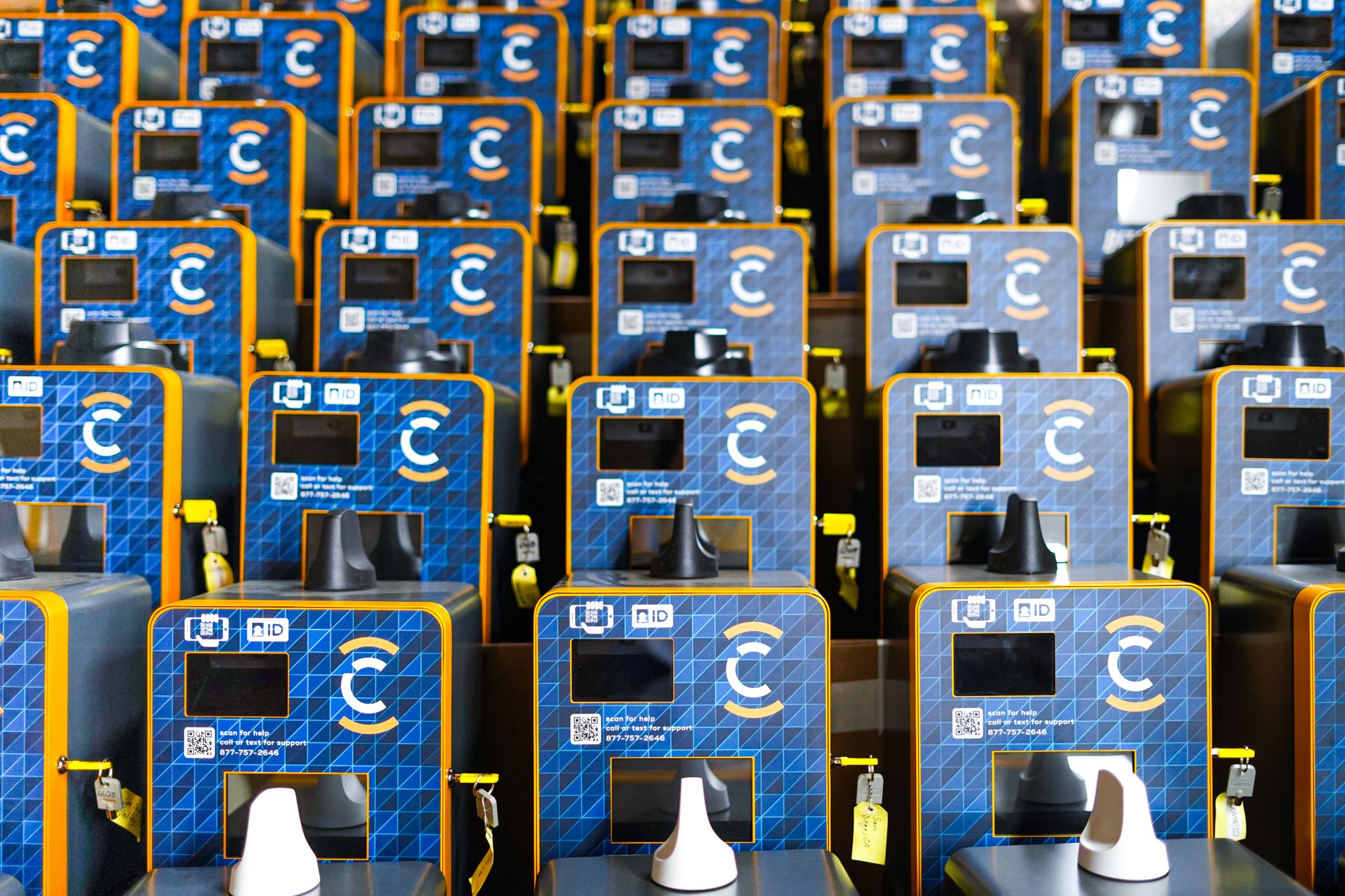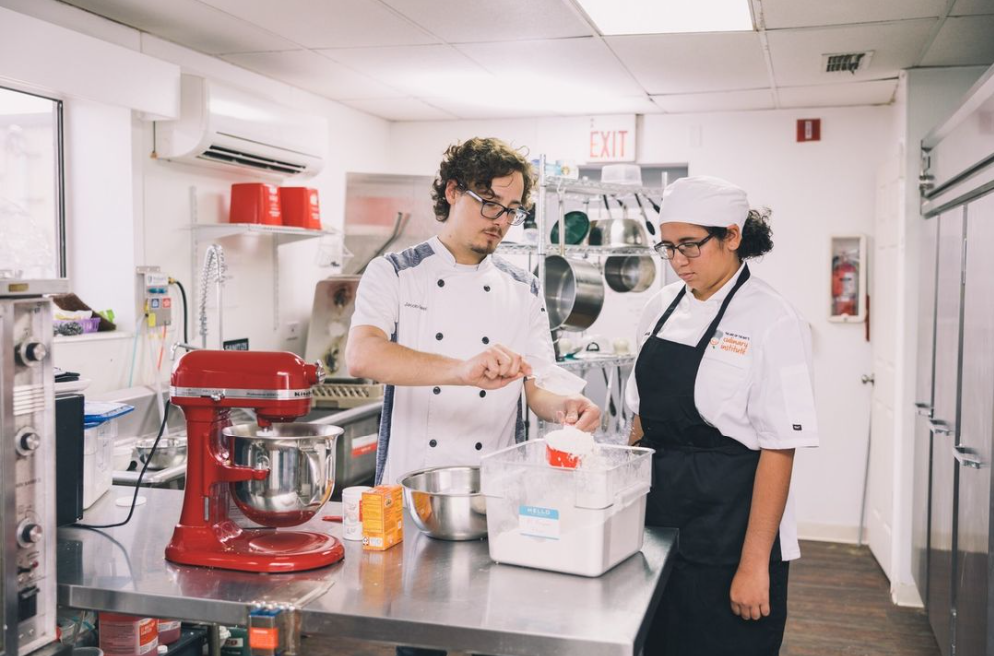Advancements in technology is enabling robots to collaborate with humans. And now there’s emerging evidence that humans are beginning to view these robots as fellow team members. However, the dynamics of teamwork can yield both advantageous and detrimental impacts on human performance. On occasion, individuals tend to become more relaxed, allowing their co-workers shoulder the workload. This phenomenon, known as ‘social loafing,’ is particularly prevalent when individuals believe their contributions will go unnoticed. Or when they have become accustomed to the exceptional performance of another team member.
So scientists from the Technical University of Berlin conducted research to explore whether humans exhibit social loafing tendencies when collaborating with robots.
“Teamwork is a mixed blessing,” said Dietlind Helene Cymek, first author of the study in Frontiers in Robotics and AI. “Working together can motivate people to perform well but it can also lead to a loss of motivation because the individual contribution is not as visible. We were interested in whether we could also find such motivational effects when the team partner is a robot.”
A lack of focus
The researchers assessed their hypothesis through a simulated industrial defect-inspection task that involved examining circuit boards for potential errors. They presented 42 participants with images of these circuit boards, deliberately blurred, and made the sharpened versions accessible only by hovering a mouse tool over them. This setup allowed the researchers to monitor the participants’ inspection process.
Among the participants, half were informed that they were inspecting circuit boards previously assessed by a robot named Panda. Although these individuals did not directly collaborate with Panda, they were exposed to its presence and could hear its activity as they conducted their tasks.
Related: Annual Working Hours in Different Countries
Initially, it appeared that the presence of Panda had no discernible impact, as there were no significant differences between the groups concerning the time spent inspecting circuit boards and the area covered during the inspection process. Participants from both groups reported similar levels of responsibility, effort, and performance.
However, upon closer examination of participants’ error rates, the scientists discovered a notable distinction. Those working alongside Panda were identifying fewer defects during the later stages of the task, particularly after witnessing Panda’s effective identification of numerous errors. Although participants believed they were dedicating an equivalent amount of attention, they subconsciously presumed that Panda had not overlooked any defects.
Potential safety implications of social loafing
The authors raised concerns regarding potential safety implications stemming from their findings. Dr. Linda Onnasch, senior author of the study, noted, “In our experiment, participants engaged in the task for approximately 90 minutes, and we observed a reduced detection of quality errors when they worked as part of a team.” She further explained that during extended shifts, particularly in routine tasks with limited performance oversight and feedback, the decline in motivation tends to be even more significant.
This could have detrimental effects, especially in manufacturing, and particularly in safety-sensitive domains where double-checking is standard practice.
However, the scientists acknowledged certain limitations in their study. While participants were informed that they were part of a team with the robot and shown the robot’s work, they did not have direct collaboration with Panda. Moreover, simulating social loafing in a controlled laboratory environment can be challenging since participants are aware of being observed.
Dr. Cymek emphasized, “The primary limitation lies in the laboratory setting. To truly gauge the extent of the motivation loss issue in human-robot interactions, we must venture into real work environments, involving skilled workers who routinely collaborate with robots in their day-to-day tasks.”




























